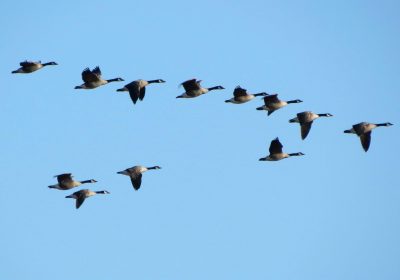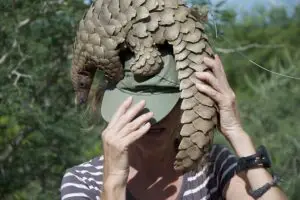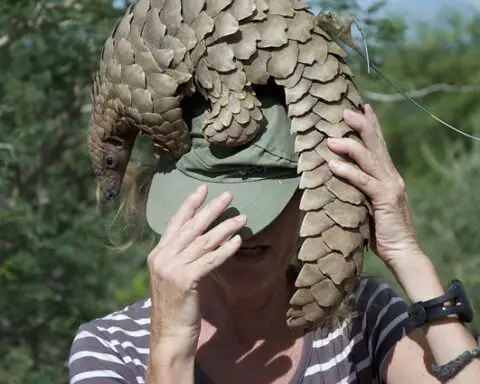The northern individuals undertake longer migrations, traveling all the way from arctic regions of Alaska and Canada to the southern United States. However, the geese inhabiting southern Canada travel shorter distances. They usually fly at anytime of day but the usual flights occur at dusk.
Where do Canadian Geese Migrate to in Winter?
Canadian Geese can spend winter in their northern breeding grounds but individuals breeding farthest north undertake longer migrations by traveling to their southerly grounds.
During fall, Canadian geese begin migrating from their northern breeding areas in late August and this pattern continues up to September. These individuals reach northern United States by late September to early October.
The geese that winter farthest south reach their southernmost regions in November or December. Interior Canada geese cover 1,100 kilometers in one week, traveling from Quebec to the Atlantic coast (New Jersey to North Carolina).
The spring migration of geese from their southernmost wintering areas begins in late January as they briefly break their journey along stopover sites. Interior Canada geese of the Mississippi Valley migrate northward from southern Illinois to Wisconsin, reaching in March.
It takes just about 54 days for such geese to travel from south Illinois to north Ontario. During April, Giant Canada geese depart their wintering ground at Rochester and reach Manitoba (Marshy Point) in around 7 to 10 days.
In April, Cackling Canada geese depart from California and Oregon and reach their northern nesting grounds of southern and central coasts of Alaska by late April or early May.
You might be interested in
Where Do Canadian Geese Migrate to? – Video
Source:
Mowbray, Thomas B., Craig R. Ely, James S. Sedinger and Robert E. Trost. 2002. Canada Goose (Branta canadensis), version 2.0. In The Birds of North America (P. G. Rodewald, editor). Cornell Lab of Ornithology, Ithaca, New York, USA. https://doi.org/10.2173/bna.cangoo.02












